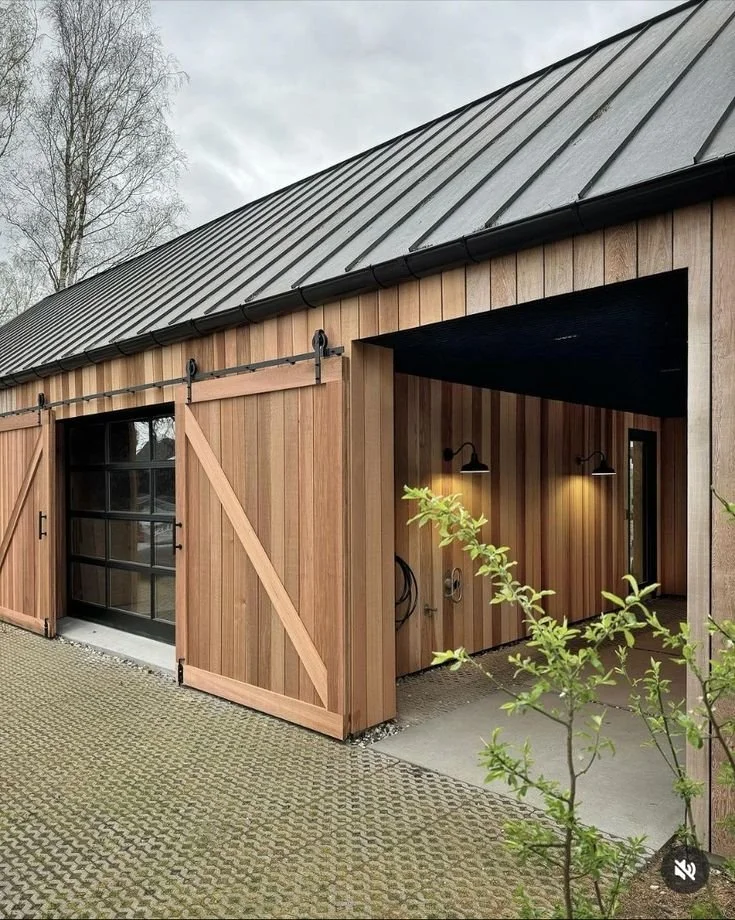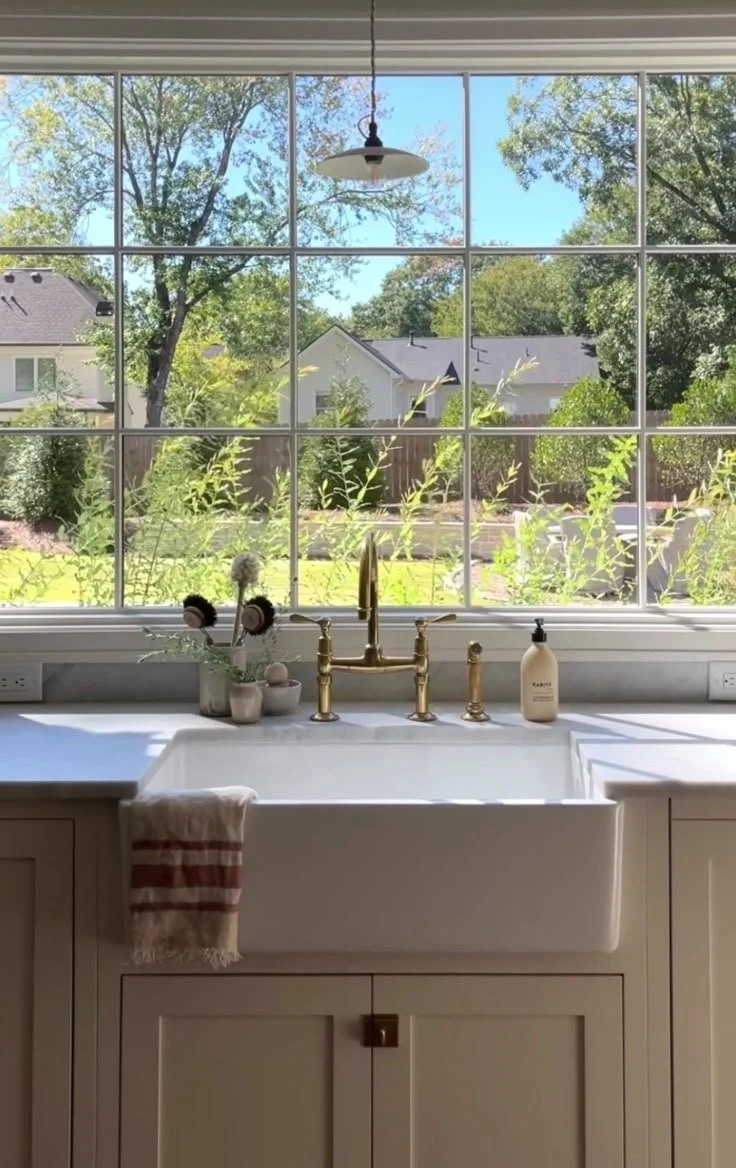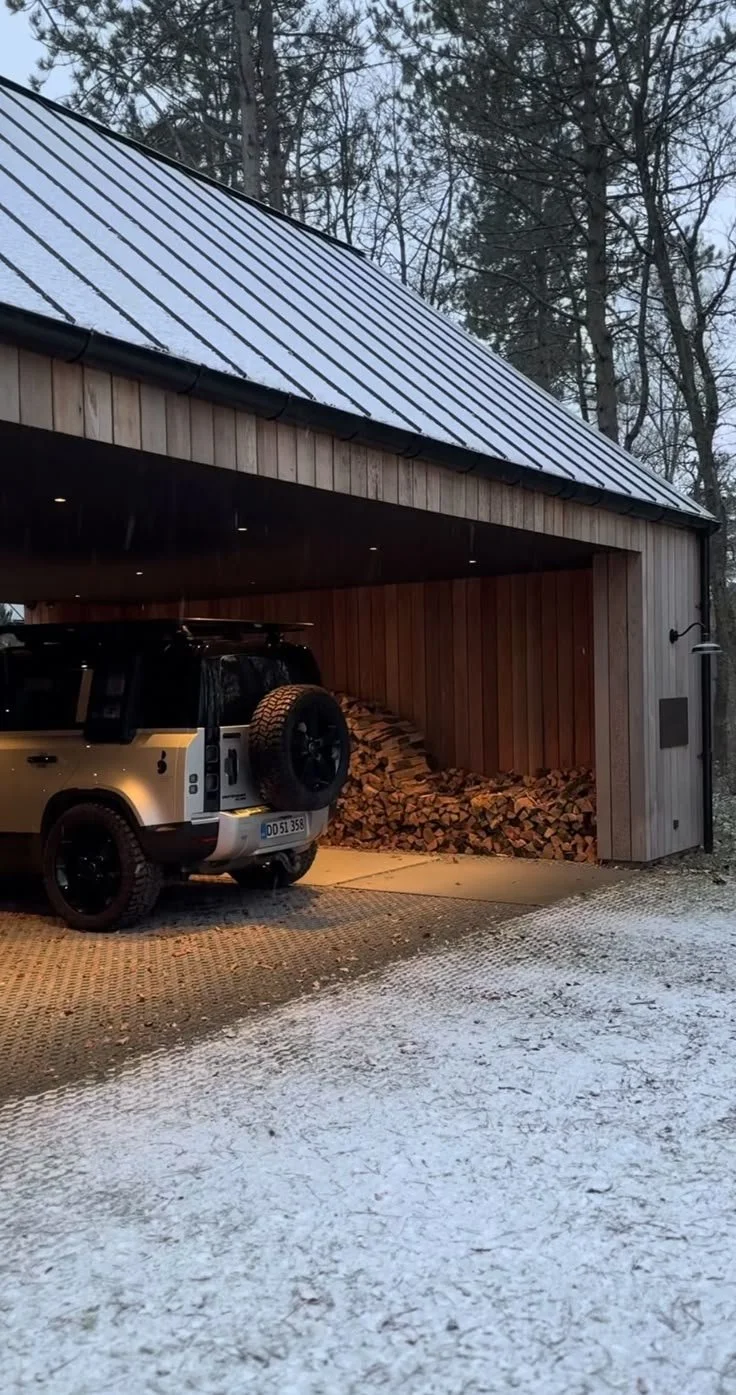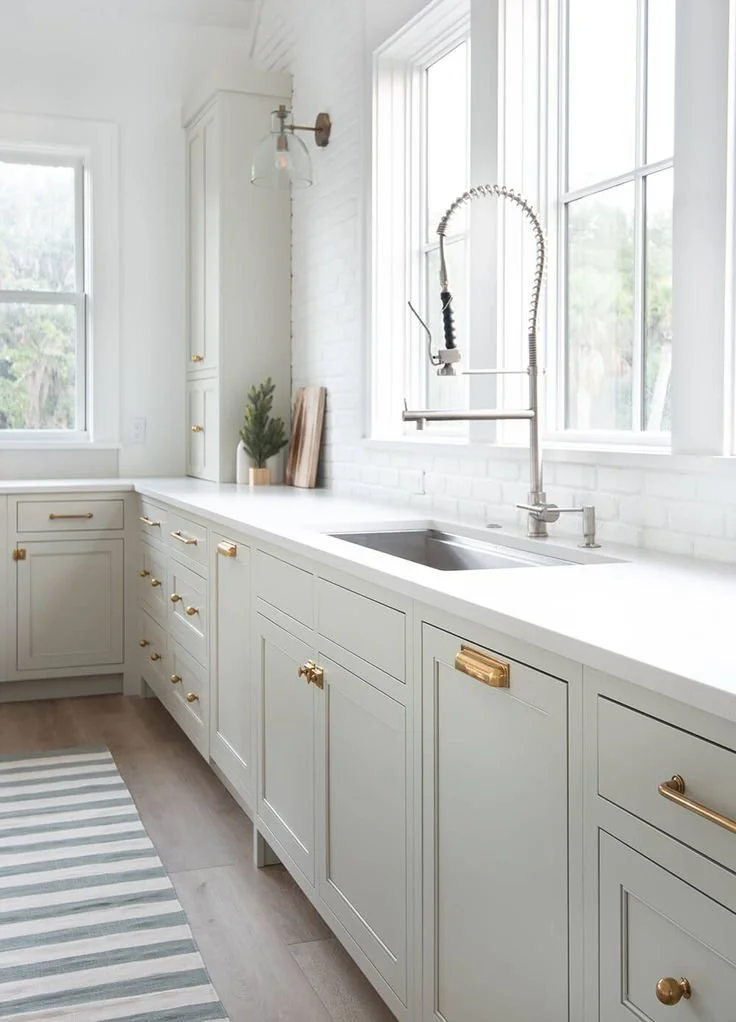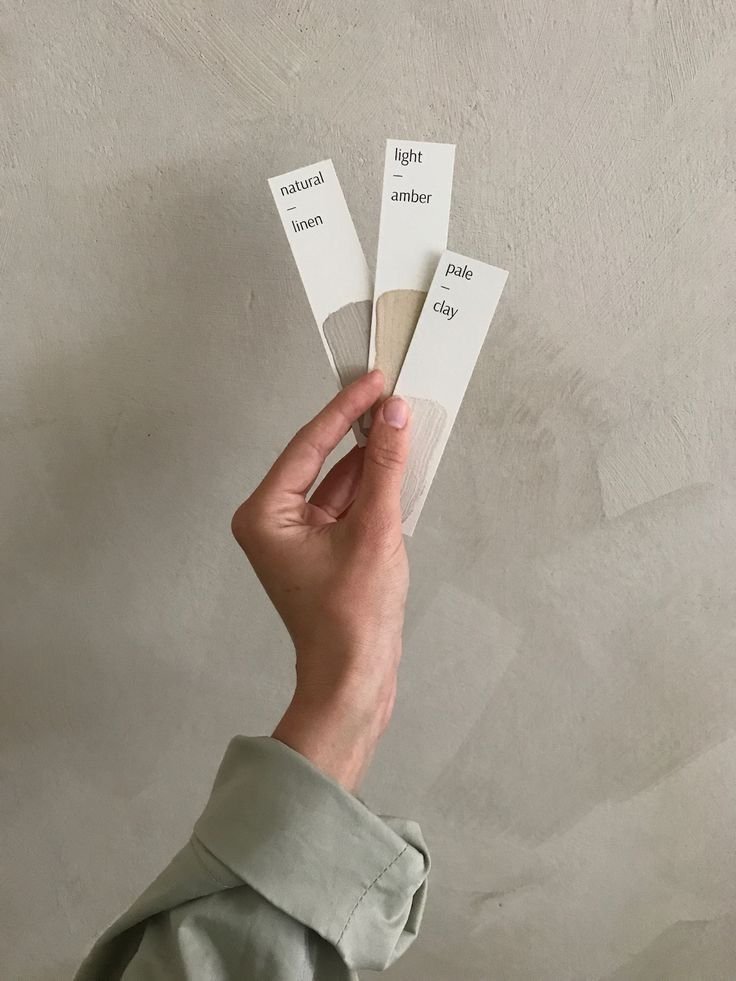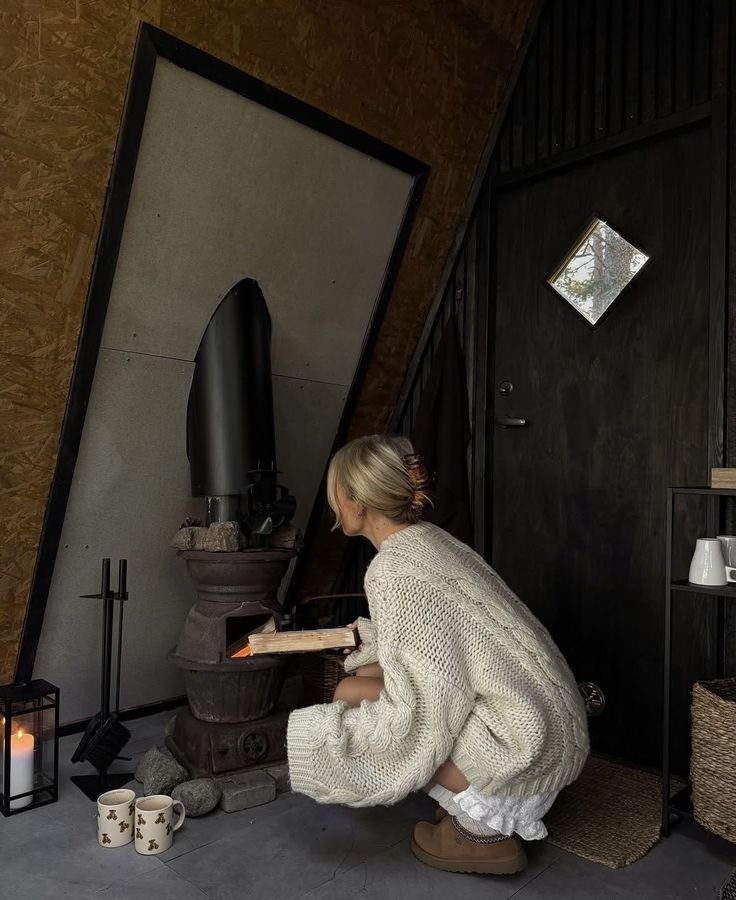Hidden Home Dangers, And How To Solve Them
Many of us like to believe that our homes are sanctuaries—places of safety, comfort, and peace. However, the reality is that even the most well-kept homes can harbor hidden dangers that pose serious health and safety risks. From invisible gases to outdated materials, these threats often go unnoticed until it’s too late.
In this article, we’ll uncover some of the most common hidden hazards found in homes today and provide practical solutions to mitigate them. Whether you're a homeowner, renter, or property manager, understanding these risks is the first step toward creating a healthier, safer living environment for you and your loved ones.
No. 1
Radon Gas
One of the most serious yet often overlooked threats in the home is radon gas. This naturally occurring radioactive gas seeps into homes through cracks in the foundation and can accumulate to dangerous levels.
Why It’s Dangerous:
Radon is the second leading cause of lung cancer after smoking. According to the U.S. Environmental Protection Agency (EPA), it causes tens of thousands of lung cancer deaths each year.
How to Fix It:
Test your home using a radon test kit, available online or at most hardware stores.
Install a mitigation system if levels are high. These systems typically involve a vent pipe and fan to redirect radon gas outside.
Cost-effective solutions are available, and many homeowners find that mitigation systems are relatively inexpensive compared to the health risks.
No. 2
Carbon Monoxide
Another invisible and odorless gas that poses a serious threat is carbon monoxide (CO). Often dubbed the “silent killer,” CO can accumulate in homes due to faulty appliances, particularly gas boilers or heaters.
Symptoms of CO Exposure:
Headaches
Dizziness
Nausea
Confusion
In severe cases, unconsciousness or death
What You Can Do:
Install a carbon monoxide detector on every floor of your home, especially near sleeping areas.
Have your boiler and gas appliances inspected regularly by a certified technician.
Act immediately if your detector goes off—evacuate and call emergency services.
No. 3
Lead Paint Dust
If your home was built before 1978, there’s a chance it contains lead-based paint. Over time, this paint can deteriorate and release toxic dust into the air.
Health Risks:
Lead exposure is particularly dangerous for children, potentially causing developmental delays and reduced IQ.
Adults may experience high blood pressure, kidney damage, and reproductive issues.
How to Address It:
Hire certified lead abatement professionals to safely remove or seal lead paint.
Avoid DIY removal, as improper techniques can spread lead dust throughout your home.
Repaint with lead-free paint once the area is cleared.
Energy Muse
In a world that’s constantly pulling us away from ourselves, the 7.83Hz Earth Frequency Generator offers a gentle invitation to return—to calm, to clarity, to the natural rhythm our bodies were designed to follow.
No. 4
Dryer Vent Fires
Dryer vent fires are an often underestimated hazard. Lint and debris can accumulate in the dryer vent, creating a highly flammable environment.
Warning Signs:
Clothes take longer to dry
The dryer feels unusually hot
Burning smell during operation
Preventive Measures:
Clean your dryer vent at least once a year.
Hire a professional for dryer vent cleaning if the vent is long or difficult to access.
Check the lint trap before every load to reduce buildup.
For more information on dryer safety, visit the U.S. Fire Administration.
No. 5
Asbestos in Insulation
Asbestos was commonly used in insulation and other building materials up until the 1980s. When disturbed, asbestos fibers become airborne and can be inhaled, leading to severe health conditions.
Health Risks:
Mesothelioma
Lung cancer
Asbestosis
What You Should Do:
Do not disturb suspected asbestos-containing materials.
Hire licensed asbestos removal professionals to test and, if necessary, remove the material.
Never attempt DIY asbestos removal, as it poses serious health risks.
No. 6
Pesticide Overspray
Using pesticides on your lawn or garden can inadvertently introduce harmful chemicals into your home. These substances can cling to shoes and clothing, or drift indoors through open windows and doors.
Potential Health Effects:
Respiratory irritation
Hormonal disruption
Neurological effects, especially in children
How to Protect Your Home:
Remove shoes before entering your home to avoid tracking in pesticides.
Use HEPA filters in your HVAC system or air purifiers to reduce airborne contaminants.
Vacuum regularly with a HEPA-filter vacuum cleaner to capture lingering particles.
For more guidance, check out the National Pesticide Information Center.
Takeaways
While our homes should be places of comfort and protection, hidden dangers can compromise our health and safety without warning. As we've explored in this article, threats like radon gas, carbon monoxide, lead paint, dryer vent fires, asbestos, and pesticide overspray are real—but they’re also manageable with the right knowledge and precautions.
Key takeaways:
Test for invisible gases like radon and carbon monoxide.
Inspect older homes for lead paint and asbestos.
Maintain appliances and clean vents regularly.
Be mindful of chemical use both inside and outside your home.
By staying informed and proactive, you can significantly reduce these risks and create a healthier, safer environment for you and your family. Don’t wait for a warning sign—take action today to safeguard your home from these hidden hazards.
Looking for Home resources?
Looking to enhance your living space and create a sanctuary that supports your well-being? Explore our home partners who offer a wide range of resources to elevate your home environment.


